 Fiction writers are famous for creating elaborate new worlds. But sometimes a book location actually exists in the real world! We searched for real locations made famous by stories (but not the movie versions of the books – sorry Hobbiton, New Zealand). Even more exciting….Katie has actually visited one of the more exotic locations, as evidenced in the above photo.
Fiction writers are famous for creating elaborate new worlds. But sometimes a book location actually exists in the real world! We searched for real locations made famous by stories (but not the movie versions of the books – sorry Hobbiton, New Zealand). Even more exciting….Katie has actually visited one of the more exotic locations, as evidenced in the above photo.
EAST 104th & FIRST STREET, NEW YORK CITY
Percy Jackson and the Lightning Thief brought Greek mythology into the 21th century and introduced scores of eager young readers to Greco-Roman gods, demigods, deities and other fantastical creatures. But before Percy Jackson knew he was the demigod son of Poseidon, he and his mother lived in an apartment complex on the corner of East 104th and First Streets in NYC. Cue the monster attacks.
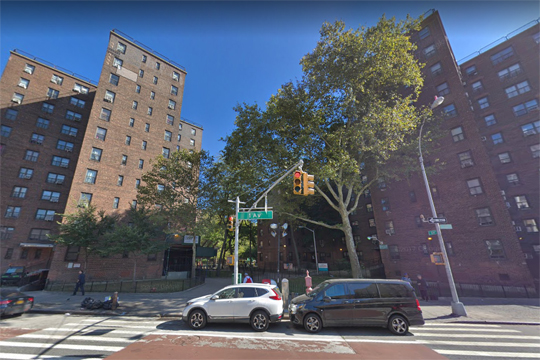
Screenshot from Google Maps
THE METROPOLITAN MUSEUM OF ART
While we’re in New York City, we also want to give a nod to the Met, which featured oh-so-promptly in From the Mixed-up files of Mrs. Basil E. Frankweiler. The fountain is gone, but you can still scoot under the Tester Bed if you manage to sneakily stay after hours!
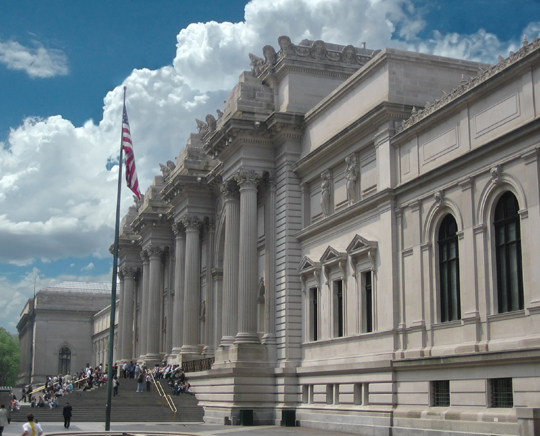
From Wikimedia Commons
SUPERSTITION MOUNTAIN
Curious souls beware of the Superstition Wilderness Area! Located near Apache Junction, Arizona, it is also the setting of Missing on Superstition Mountain. This impressive mountain looms over its desert domain, which offers numerous hiking trails and the legendary Lost Dutchman’s Gold Mine. In the book, the mountain wields almost supernatural powers, which many locals claim is true.
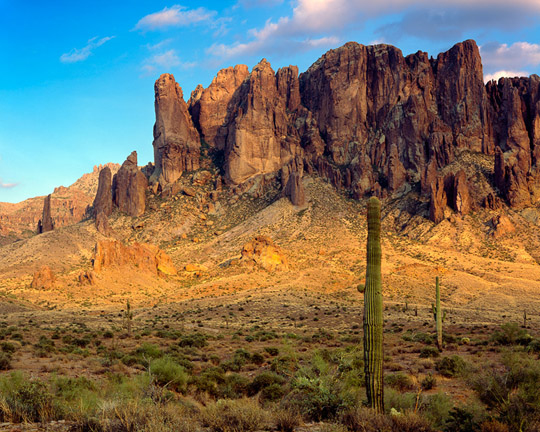
From Wikimedia Commons
MORIN-JI TEMPLE, JAPAN
We discovered this location while researching folks tales for a Pokémon event! While there are several variations of the “Good Fortune Kettle,” the common link is the beautiful Morin-ji Temple in Tatebayashi City, Japan. This is where the famous transforming badger tea kettle, or kama-tanuki, still resides. It’s a short walk from the Morinjimae train station to the 15th century Zen temple, and along the way there are signs that tell the story of the charming kama-tanuki.
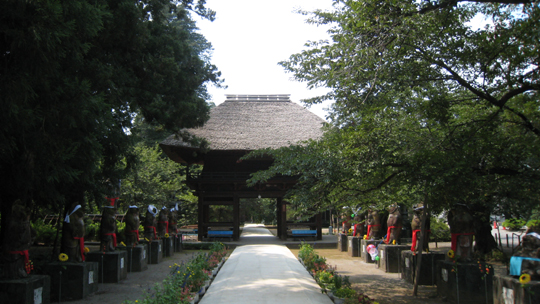
From Wikimedia Commons
SHERWOOD FOREST
There really is a Sherwood Forest in England! About 4 hours north of London is Sherwood Forest County Park, located in Nottinghamshire. Not only can you explore the paths that Robin Hood tread, you can visit the star of the forest: the Major Oak. The Major Oak is a Quercus Robur, or English oak. It’s thought to be over 800 years old and, according to legend, its hollow trunk was used as a hideout by Robin Hood and his Merry Men.
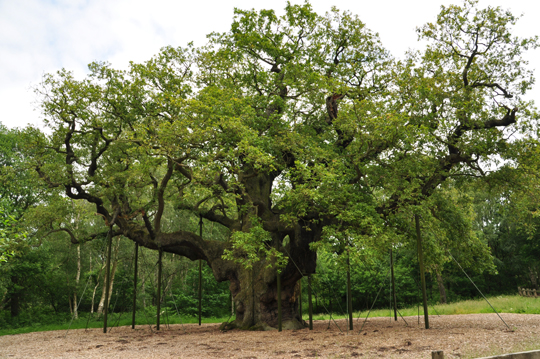
From Wikimedia Commons
MACHU PICCHU, PERU
If you haven’t read Addison Cooke and the Treasure of the Incas, find a copy, fast! Machu Picchu has been on Katie’s travel bucket list since she was young, so having it included in Addison Cooke’s crazy adventures through South America was a feast for her reading eyes. Located near Cusco, Peru, the 15th century Incan ruins are found high on a mountaintop overlooking the Sacred Valley. Machu Picchu takes some effort to reach, but it is well worth the journey. Or you can build your own temple and search for treasure.

From Wikimedia Commons
MADHYA PRADESH, INDIA
There is some debate as to where The Jungle Book is set, but some scholars believe it was in “Seeone,” or the Seoni region in Madhya Pradesh, India. Rudyard Kipling lived in India as a child, but never actually visited the purported home of Mowgli and his animal family. Madhya Pradesh hosts 10 national parks, including Kanha National Park, which is where you can catch a glimpse of wild Bengal tigers like Shere Khan.
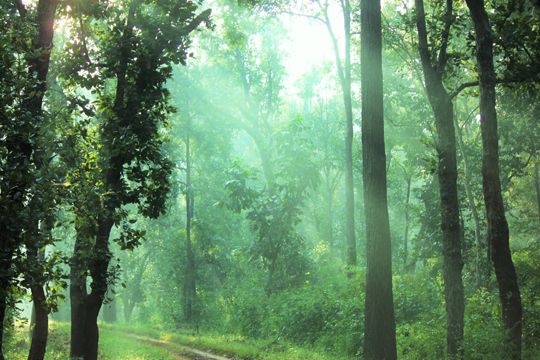
From Wikimedia Commons
PRINCE EDWARD ISLAND, CANADA
Anne of Green Gables launched Prince Edward Island, Canada onto the international literary scene. Adopted home of the precocious Anne Shirley, readers delighted in her adventures in the fictional island town of Avonlea. Cavendish is the real town where you can find Green Gables Heritage Place and immerse yourself in the world of Anne and her life on the farm. Nearby Prince Edward Island National Park offers gorgeous red cliffs, sandy beaches and tall dunes.

From Wikimedia Commons
CATSKILLS MOUNTAINS, NEW YORK STATE
Raise your hand if you wanted to run away with Sam Gribley and live in a tree! My Side of the Mountain had generations of readers wishing they could test their survival skills. And perhaps score a pet falcon. We also want to give a shout out to Hatchet’s North Woods, Longleaf‘s Conecuh National Forest, Halfway to the Sky‘s Appalachian Trail, and Backwater‘s Adirondack Mountains.
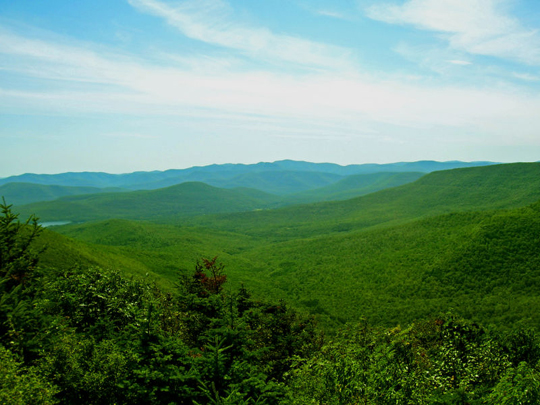
From Wikimedia Commons
SNÆFELLSJÖKULL VOLCANO, ICELAND
Jules Verne was the master of taking his readers on epic adventures, whether it was under the sea or around the world in 80 days. In Journey to the Centre of the Earth, Verne’s characters follow the directions of a runic manuscript and descend into the Snæfellsjökull Volcano located on the Snaefellsnes Peninsula in Iceland. Katie made her own pilgrimage to the infamous volcano, but was not lucky enough to find the exact spot to enter the caldera and witness an epic dinosaur battle.
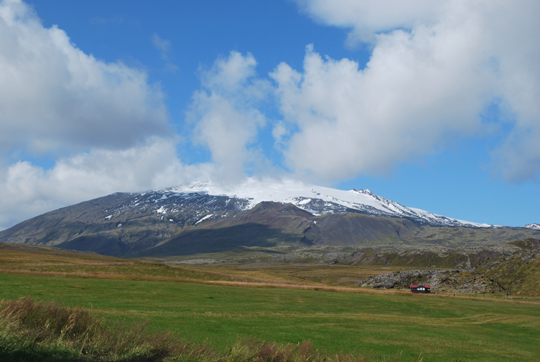
From Wikimedia Commons
KLICKITAT STREET, PORTLAND
Beverly Cleary grew up in a northeast suburb of Portland, Oregon near Klickitat Street, home of her famous literary character, Ramona Quimby. Ramona, Beezus, and Henry Huggins (along with Ribsy the dog!) lived at Klickitat and 28th Street, just a few blocks from Grant Park. Today, you can find the bronze sculptures of the gang at the Beverly Cleary Sculpture Garden for Children.

From Google Maps
KING’S CROSS STATION, ENGLAND
You KNOW this one was coming. Young witches and wizards heading to Hogwarts must pass through the invisible barrier to Platform 9 ¾. Today, even Muggles can view the entrance! There’s a special spot at King’s Cross Station in London where you can pose with a trolley passing into the brick wall. However, before you depart on the local version of the Hogwarts Express, don’t forget to stop by the official Harry Potter shop for a package of chocolate frogs!
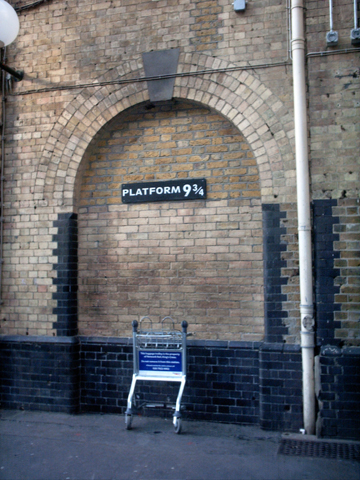
From Wikimedia Commons

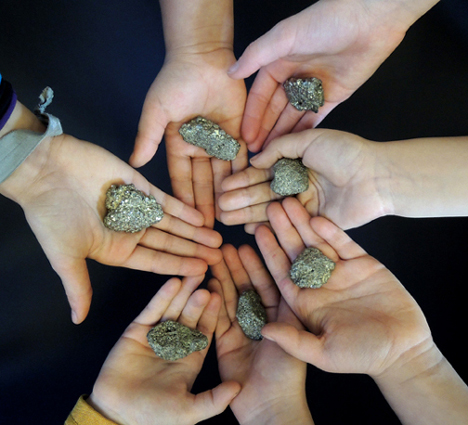
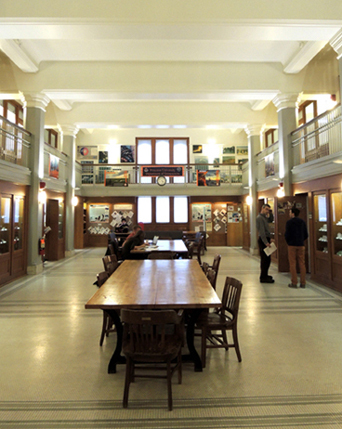 First, we took a walk across campus to Guyot Hall, home of the Department of Geosciences. Their central office space is lined with display cases full of rocks, gems, fossils, and minerals.
First, we took a walk across campus to Guyot Hall, home of the Department of Geosciences. Their central office space is lined with display cases full of rocks, gems, fossils, and minerals. The kids oohed and aahed over some of the precious stones…
The kids oohed and aahed over some of the precious stones… But were equally impressed by the gigantic mineral specimens!
But were equally impressed by the gigantic mineral specimens!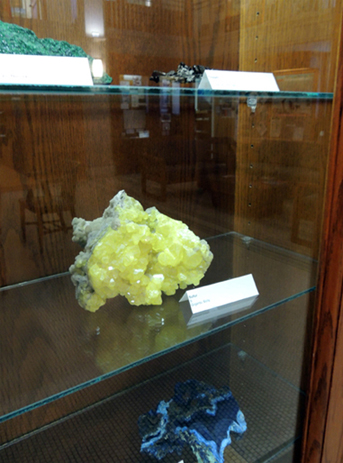 We visited a Allosaurus skeleton and a T. Rex skull on our way out of the building. Yes!
We visited a Allosaurus skeleton and a T. Rex skull on our way out of the building. Yes!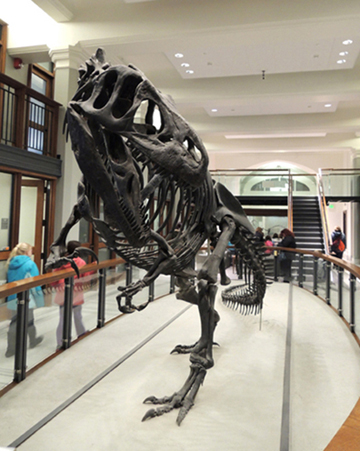 Back at the library, I had samples of pyrite for the kids to look at (courtesy of Laurel Goodell, manager of the undergraduate labs in geosciences). Pyrite is called “Fool’s Gold” because of its sparkly gold appearance, but it’s actually a mineral.
Back at the library, I had samples of pyrite for the kids to look at (courtesy of Laurel Goodell, manager of the undergraduate labs in geosciences). Pyrite is called “Fool’s Gold” because of its sparkly gold appearance, but it’s actually a mineral.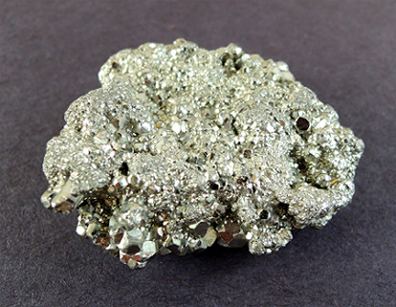 The kids couldn’t take home the big samples of pyrite, but I did find some smaller pieces on Amazon. I bought three, 0.2 ounce boxes of pyrite nuggets for $5.79 a box. They arrived powdered with black grit, so be prepared to do some major rinsing, and maybe a little scrubbing, before you given them to kids. But as you can see below, they cleaned up nicely and there were some pretty good sized pieces in there.
The kids couldn’t take home the big samples of pyrite, but I did find some smaller pieces on Amazon. I bought three, 0.2 ounce boxes of pyrite nuggets for $5.79 a box. They arrived powdered with black grit, so be prepared to do some major rinsing, and maybe a little scrubbing, before you given them to kids. But as you can see below, they cleaned up nicely and there were some pretty good sized pieces in there.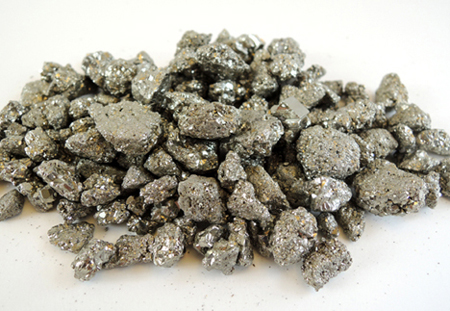 The kids took their stash home in a cotton drawstring bag (left over from
The kids took their stash home in a cotton drawstring bag (left over from 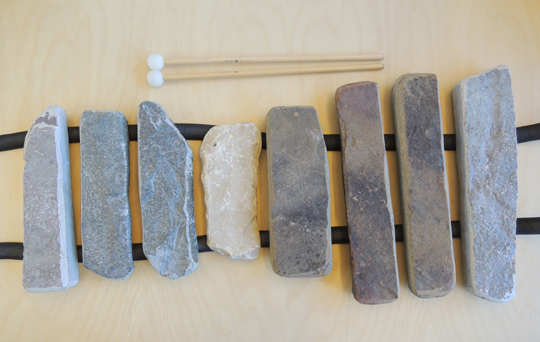 This is a lithophone. It’s a xylophone with tone bars that are made out of stone (as opposed to wood or metal). When you strike the stones with a mallet, they produce a musical tone. But not all rocks sing! It takes a lot of trial and error, as well as a lot of chipping and grinding to make rock tone bars. The stones you see above are limestone, sandstone, and granite.
This is a lithophone. It’s a xylophone with tone bars that are made out of stone (as opposed to wood or metal). When you strike the stones with a mallet, they produce a musical tone. But not all rocks sing! It takes a lot of trial and error, as well as a lot of chipping and grinding to make rock tone bars. The stones you see above are limestone, sandstone, and granite.